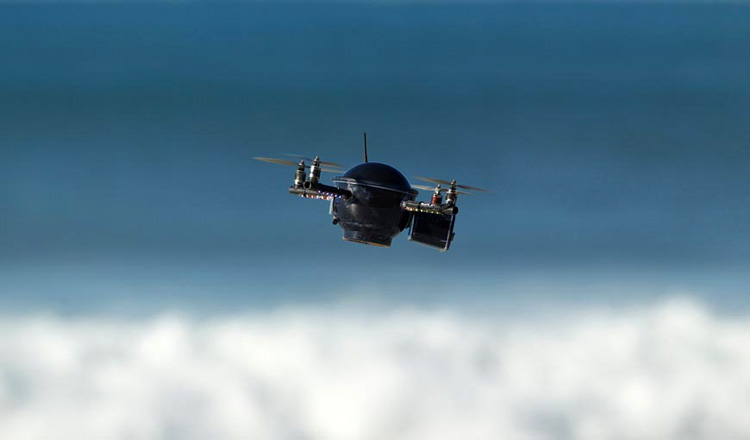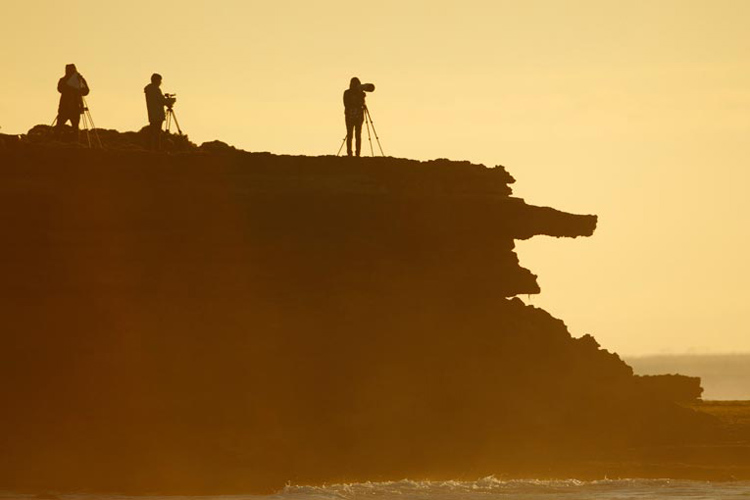Surf videos act as identity cards and fingerprints. They can change the life of the surfer being filmed or help propel the filmmaker into the commercial surf industry world.
Pictures speak for themselves.
An unknown surfer getting barreled in a transparent wave for 20 seconds under sunny skies and surrounded by huge palm trees will likely go viral in a matter of weeks.
Upload it to YouTube or Vimeo and see what happens.
These days, professional video equipment is cheaper to come by. You won't have to sell your house to produce the surf video of the decade.
Digital high-speed cameras are still expensive, but there are excellent, affordable HD alternatives available.
So, what do you need to film the ultimate surfing video?
We suggest a good HD video camera with interchangeable lenses, a waterproof camera, a lightweight tripod, and video editing software.
Additionally, you may add a surf drone and a stationary robotic filming system for extra angles and footage.
Promotion is equally important.
A pristine surf video might not be enough to grab attention, so make sure you're spreading the message on social networks and official websites.
And if you're really serious, with press releases prepared and personal phone calls made.

Shooting Surf Videos 101
While shooting a surf clip, remember a few important guidelines:
- Capture the surfer in and out of the water;
- Film details (wave lip, empty barrels, sand grains, palm trees, beachgoers, dogs running on the beach, surfboards, etc.);
- Diversify your shooting angles and distances;
- Spot the different light sources. Avoid bad backlight;
- Avoid camera shake;
- Frame your shot;
- Shoot more than you think you need;
- Get an unusual and original perspective;
- Manage your lens arsenal;
- Break the traditional filming rules;
Keep It Natural and Simple
When editing your surf video, keep things simple. Let the frames flow naturally, avoid special CGI effects, and don't cut off flawless rides.
Pick a simple font for your final film credits, and forget company logos unless they're supporting your budget.
In the end, your surf video should tell a story, impress with its overall quality, and get viewers to share your work of art.
Think of every frame in your flick as a famous painting. And remember that surfing is the core.
Final tips:
- Roll your tape for 30 seconds before starting to shoot;
- Check the audio settings;
- Avoid too much zooming and panning;
- Anticipate surf action;
- Check the white balance;
- Forget ultra-conceptual edits;
Let the movie choose its soundtrack. But also remember: there are no rules. Have fun and express yourself.
Need a few surf photography tips?
